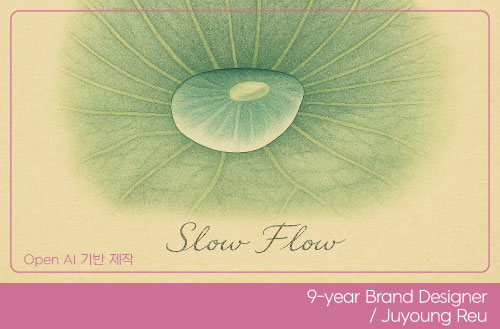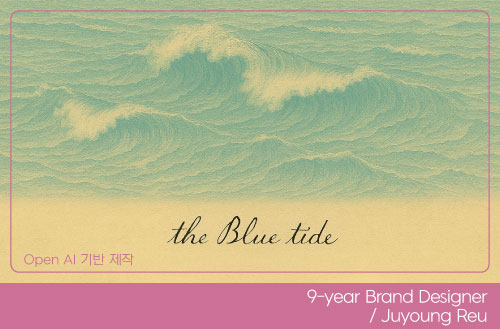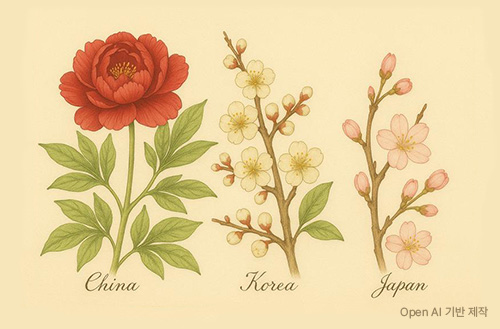
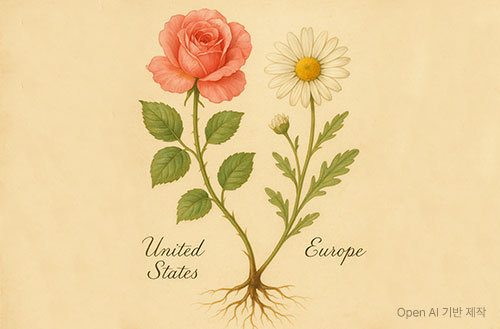
-
-
- 메일 공유
-
https://stories.amorepacific.com/en/amorepacific-same-roots-different-blossoms-the-aesthetic-visions-of-beauty-drawn-by-america-and-europe
Same Roots, Different Blossoms: The Aesthetic Visions of Beauty Drawn by America and Europe

Columnist
Juyoung Reu LANEIGE BD Team

Editor's note
A Curiosity Born from a Single Advertisement Frame
While casually browsing global advertising visuals, a sudden curiosity struck me. Even within the same brand, beauty content produced in America and Europe carried distinctly different atmospheres. American-made advertisements felt direct, trendy, and more customer-centric, while European productions contained profound narratives and artistic sensibilities. The difference wasn’t merely a matter of production style, model expressions, or color palettes. The very perspective on “beauty” itself was fundamentally different.
How do we understand “beauty,” and in what language do we speak of it? Under the banner of beauty, are we truly seeing the same thing? Beauty appears to be a universal concept, yet in reality, it’s interpreted in vastly different ways according to region, culture, and history. Based on this curiosity, I aim to explore the differences in aesthetic values and visual languages constructed by these two cultural spheres—America and Europe—while considering the aesthetic sensitivity of brands.
Beauty viewed through the lens of “brands” becomes more than a reflection of personal taste or contemporary trends; it becomes a window revealing the philosophy and sensibilities shared by society. Each element in an advertisement’s composition serves as a kind of cultural text, harboring countless contexts and codes within.
Therefore, I aim to examine how these different cultural spheres—America and Europe—create their respective versions of “beauty.” Rather than simply identifying differences in style or trends, I explore the underlying philosophy, culture, and zeitgeist to investigate what grain these “different blossoms from the same roots” possess. Perhaps this curiosity can become more than just a comparison between two cultural spheres—it might serve as a small window that makes our worldview more nuanced and enriching.
1 Europe: Beauty Built Upon Classical Foundations and Layers of Time
European beauty aesthetics encompasses far more than mere appearance cultivation. It represents a collection of classical values refined over centuries through philosophy, art, and literature. Beauty is understood not as simple visual pleasure, but as structural aesthetics that embodies harmony, balance, and narrative. Europe has inherited the aesthetic traditions built across different eras—from the balanced compositions of Renaissance paintings to the dramatic symmetry of Baroque style, and the reason-centered aesthetics of the Enlightenment period.
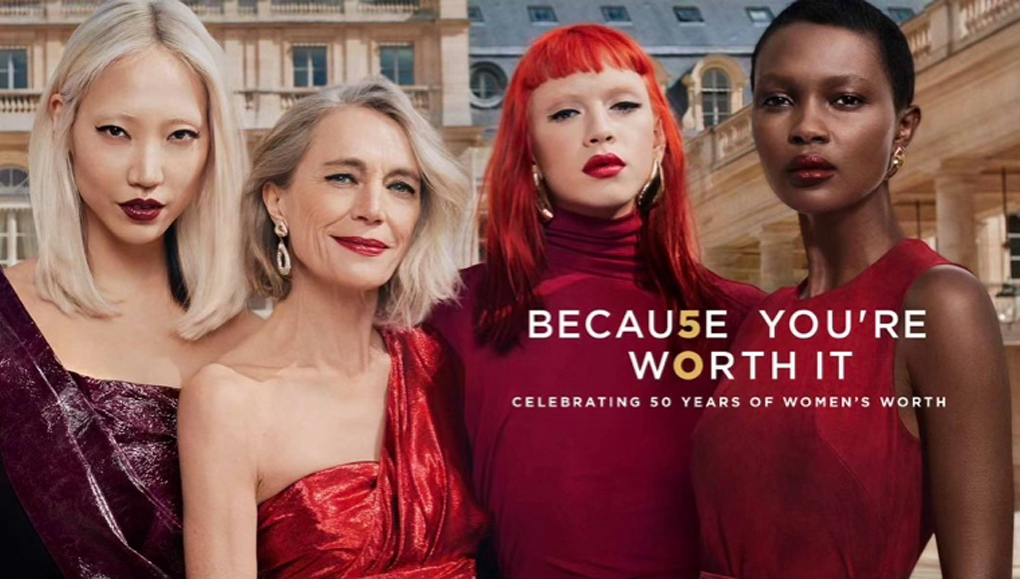
Source: L’Oréal Paris Official Website – “Because you’re worth it” Campaign
L’Oréal champions the philosophy of “self-respect” at its forefront. The slogan “Because you’re worth it” was itself an epochal declaration. This phrase transcended mere brand messaging to become a symbol that spoke to the existential value of female consumers as an aesthetic extension of the 1970s women’s liberation movement.
Thomas de Praetcéré, Chanel’s chief makeup artist, emphasized that the brand strategy involves “remaining faithful to a unique aesthetic language while courageously expressing it in contemporary ways.” This represents not merely repeating traditional aesthetics but a strategy that preserves the essence while reflecting the spirit of the times.
Philosopher Immanuel Kant explained that true beauty arises from “disinterested satisfaction without personal interest.” In other words, pure beauty experienced without the intervention of practical purposes or desires possesses universality. European brands embody this philosophy in every aspect, from product design and advertising to packaging, and even in the shape of perfume bottles.

Source: Dior J’adore Advertisement Image
In Europe, even a single Dior perfume bottle or a Chanel lipstick is regarded as a work of art. European advertisements are constructed like short films, with careful meaning assigned to every aspect of mise-en-scéne and narration. Consumers exist not merely as product purchasers but as audiences who appreciate and interpret artistic worlds.
The most significant characteristic of European aesthetics is its emphasis on “time” and “context.” They pursue sustainable values over trends, inducing profound empathy rather than momentary stimulation. Every advertising frame, package texture, and curve of brand typography operates within context. The concept of beauty should not be something quickly consumed and discarded, but something that can “remain for a long time”—this represents Europe’s “philosophical commitment.”
Thus, at the center of European aesthetics, depth and context, artistry and philosophy always coexist, and this philosophy serves not as mere trend-following but as an unwavering standard that persists through the flow of time.
2 America: Creativity Blooming Through the Aesthetics of Sensation and Practicality
America walks a distinctly different path from Europe. At its center lies creativity rooted in pragmatist philosophy and popular culture. Rather than classical aesthetics, America has defined beauty in terms of sensation, experience, and utility. Andy Warhol’s Pop Art movement symbolizes this turning point. His Marilyn Monroe and Campbell’s Soup Cans elevated the everyday to the realm of art, dismantling the boundaries between high art and popular culture.
This spirit permeates today’s American beauty brands. Brands like Glossier, Rhode, and Summer Fridays clearly stand upon this cultural heritage, embodying an aesthetic of “beauty for everyone.”
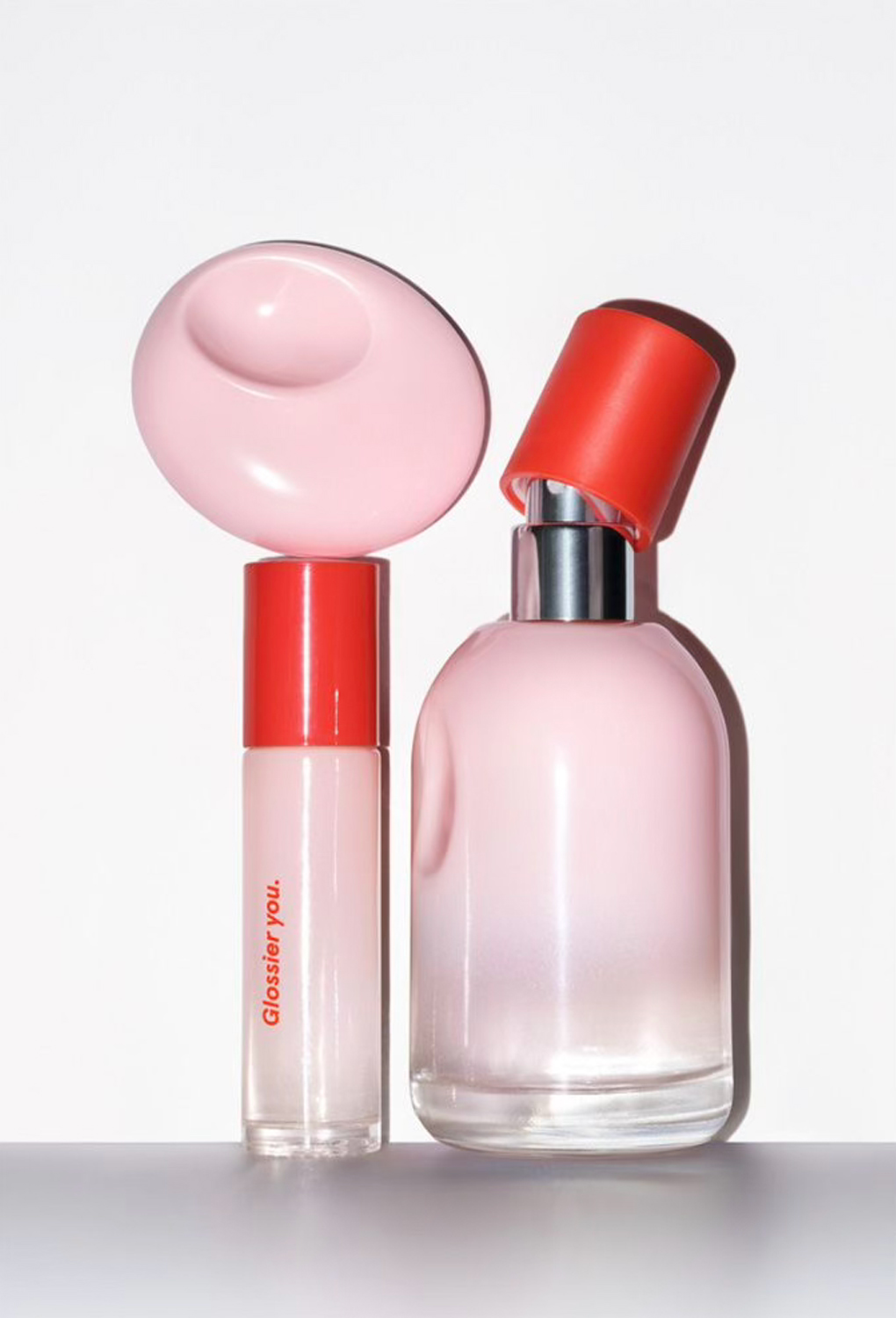
Source: Glossier Website
Glossier designs products based on consumers’ everyday experiences and preferences. Their advertisements are styled with a selfie aesthetic, and product descriptions are written in users’ language rather than expert terminology. Even a lip balm or cleanser contains imagery showing “what kind of person would use this, in what moment, and with what mood.” Beyond customer-centric strategy, they transform consumers into co-creators and cultural producers of the brand.
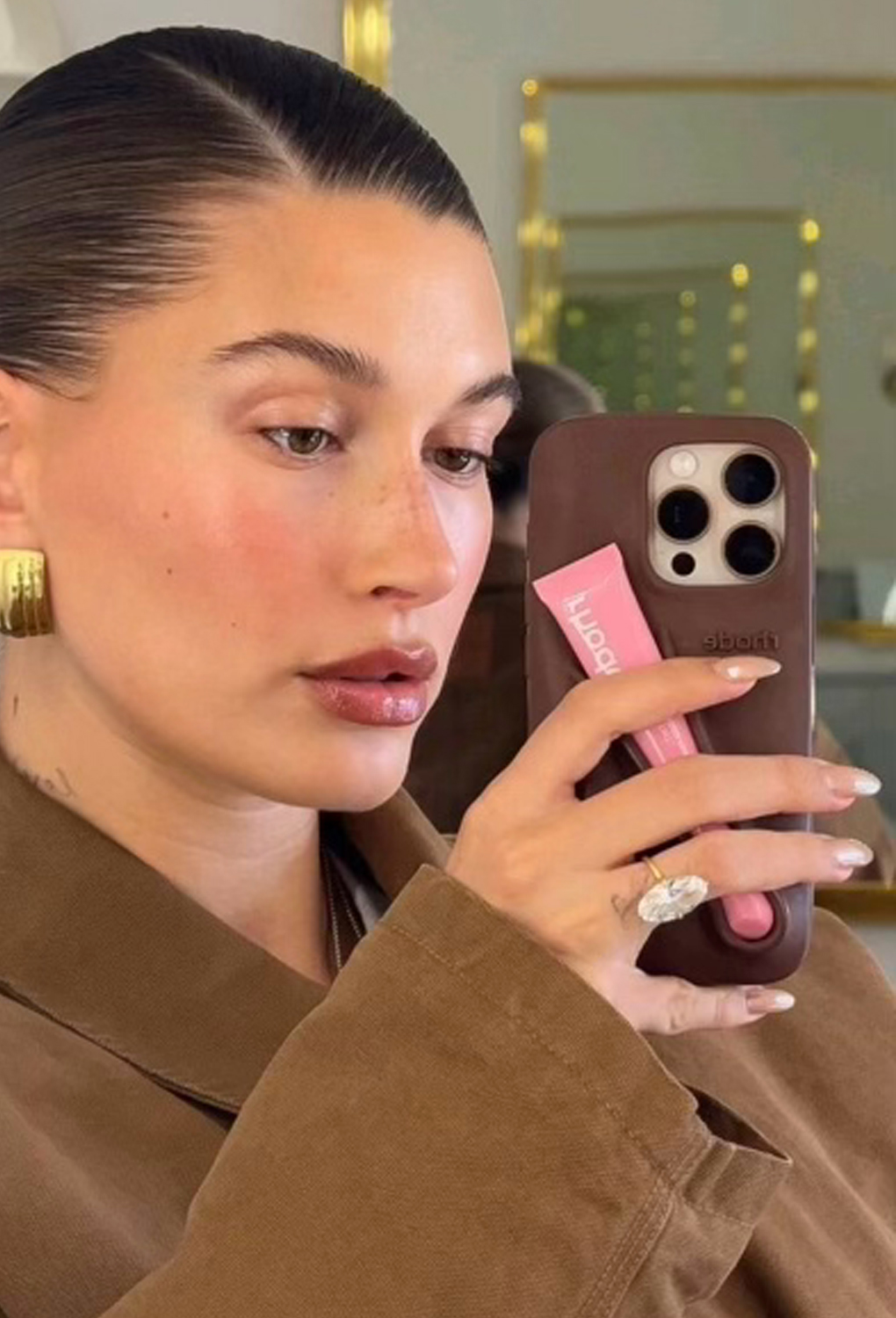
Source: Hailey Bieber’s Social Media (Selfie taken with Rhode products)
Rhode functions simultaneously as a beauty brand and founder Hailey Bieber’s lifestyle project. Everything she shares on social media—her skincare routines, breakfast, outfits, and fragrances—connects to the brand, delivering a unified “brand experience” to consumers. Products function not as mere “items for sale,” but as components of identity, allowing consumers to craft their “authentic selves” through the experience.

Source: Summer Fridays Advertisement
Summer Fridays communicates everyday leisure and sensation from its very name. The brand presents “effortless beauty” through Instagram-worthy visuals, intuitive usability, and gentle textures. Anyone can use it efficiently, naturally achieving a “good-looking” state without artifice. This represents the direction of beauty that America pursues.
American beauty philosophy aligns with John Dewey’s aesthetic philosophy. Dewey states that “art is not separate from life but arises from life itself.” Aesthetic experience doesn’t occur only in museums or galleries, but also exists in the aroma of morning coffee, the emotion felt when light enters through windows, and the moment of facing oneself while applying makeup. American beauty brands actively commercialize these sensory moments. Beauty isn’t something to “possess” but to “experience,” and it enriches life.
One of the most defining characteristics of American aesthetics is “intuitiveness.” Design that’s instantly comprehensible without complex explanations, user experiences accessible to anyone, and sensual packaging that fits anywhere. Beauty operates quickly within daily life, where clear “sensation” plays a greater role than complex explanations.
This aligns with the inclusivity that American society promotes. Beauty isn’t the exclusive domain of a privileged few. It should be enjoyable for everyone. Beauty brands practice “inclusivity” by featuring models with diverse skin tones, ages, and preferences, rather than imposing specific standards. Thus, American Beauty declares: “Whoever you are, you are already beautiful.”
In summary, America has perfected “beauty in daily life” through a unique combination of practicality and sensation, mass appeal and creativity. The beauty America pursues isn’t for contemplation but for living. And that life should be as easy, enjoyable, and relatable as possible.
3 The Contrast Between European and American Visual Languages and Narratives
Culture creates “visual language.” Even identical lipsticks and foundations are packaged and presented differently across cultural spheres. When European and American beauty content is placed side by side, the difference resembles comparing poetry to news, or classical music to pop. The tone, rhythm, and emotional depth are markedly distinct.
The European visual language possesses strong formative and symbolic qualities, similar to those found in painting or architecture. Symbolic meaning is embedded in every brand logo, package design, and advertising composition, conveying messages through metaphor and symbolism. Dior’s video advertisements construct mise-en-scène like films, while Chanel’s videos evoke symbolic stories through restrained colors and prop arrangements.
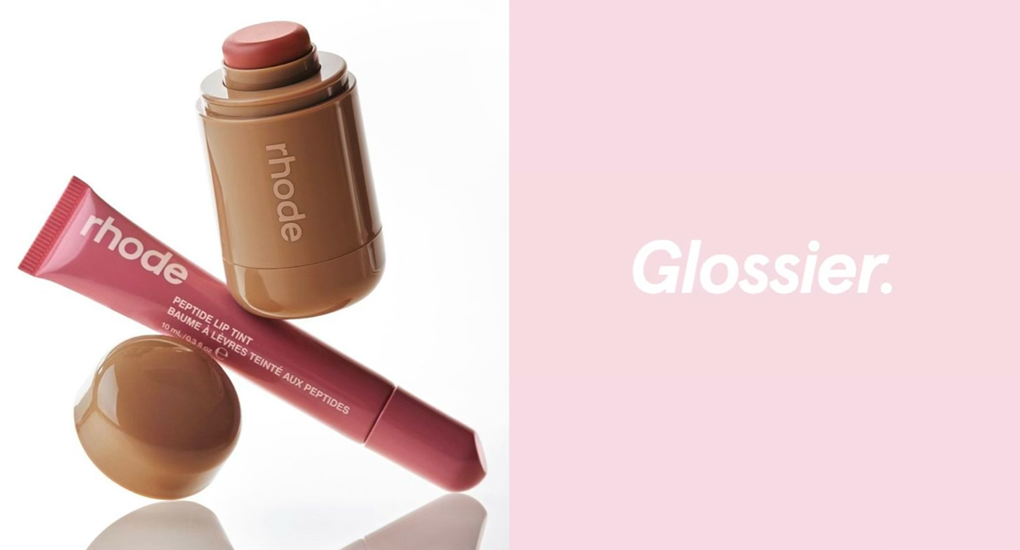
Source: Rhode & Glossier Product Still Life Shots
Conversely, American visual language is direct and sensual. Rhode’s packaging emphasizes the product itself through negative space and lighting, while Glossier imprints the brand using pink tones alone. Simple, intuitive design reduces distance and enhances brand accessibility.
The difference in narrative structure is equally pronounced. Europe maintains chronological narratives based on the “past”—brand founders’ lives, philosophies, and artistic inspirations. Brands exist not as mere product lines but as complete worldviews, with consumers serving as guests invited into these worlds. These narratives are composed of metaphors, poetry, and fragments of imagery, treating “not speaking directly” as a virtue.
America, on the other hand, focuses on the sensation of “here and now.” Brands don’t deliver predetermined stories; instead, they leave space for users to create their own narratives. Reviews, tutorials, challenge videos, and social media hashtag campaigns become unified narratives.
Thus, Europe and America hold opposing philosophies in visual language and narrative. Europe knows how to speak without words, while America understands how to share with more people. Europe is a quiet painting; America is a vibrant vlog. The former leaves a deep resonance, while the latter elicits quick empathy.
4 The Encounter of Different Aesthetics
As cultural intersections occur, brand aesthetics no longer belong exclusively to specific regions. Brands in the global era construct diverse aesthetic systems, seeking complex aesthetic languages that balance user experience with artistic sensibility, practicality with philosophy. These two cultures no longer imitate or absorb each other but intersect to create new sensitivities.
European brands no longer remain confined to classical beauty alone. Without compromising their unique aesthetics, they absorb sensibilities optimized for digital environments. Moments are being created where classical beauty and contemporary communication harmonize rather than clash.
Conversely, American brands have gradually begun to focus on aesthetic “depth.” Beyond merely functional products, they emphasize “time-infused sensations” such as craftsmanship, sustainability, uniqueness, and textural aesthetics. Glossier is further refining its product design toward minimalism, while Rhode is layering artistic negative space throughout its packaging and campaigns.
Global consumers no longer insist on a single aesthetic. A single consumer might use Glossier in the morning, apply Chanel perfume in the evening, watch a Dior’s advertisement video, and then follow a Rhode’s tutorial for makeup application. Taste is no longer confined to specific continents or cultural spheres; instead, it takes on complex dimensions.
Epilogue
Same Roots, Different Grains, New Sensitivities
American and European beauty aesthetics originated from the same cultural roots but evolved into distinct forms, shaped by different histories, social backgrounds, and philosophical traditions. Europe cultivated restrained beauty through the accumulation of time, artistic interpretation, and intellectual reflection, while America achieved popular and intuitive beauty through everyday sensations and practicality.
However, these two streams began intersecting at some point. Consumers no longer judge beauty by a single standard, nor do brands define their identities by a single aesthetic. Aesthetics continue evolving, and we discover “new sensitivities” somewhere in between. Within these changes, brands communicate with consumers through increasingly flexible languages, proposing beauty that transcends the boundaries of era and culture.
Today, we create aesthetics based on our individual perspectives, cultivating different blossoms from the same roots both individually and collectively. This process of comparing cultural and sensual differences ultimately becomes a journey of encountering the “unique beauty” within each of our eyes.
Beauty is never singular. Even flowers grown from the same roots—some sway in the wind while others bloom brilliantly in the light. When we understand these differences in grain, we can advance toward a world of broader and deeper sensitivity. At the end of that journey, we come to realize that beauty is understanding and empathy toward people—a sensation that blooms not in conclusions but in continuous dialogue.
* Images used in this column are for illustrative and educational purposes.
* References
1. Immanuel Kant, Critique of Judgment (1790).
The aesthetic concept that beauty arises from “disinterested satisfaction without personal interest” enables the interpretation of European beauty brands’ restrained classical beauty.
2. John Dewey, Art as Experience (1934).
The aesthetic theory that art is embedded within everyday experience influences the practicality and sensation-centered aesthetics of American beauty brands.
3. Stanford Encyclopedia of Philosophy, “Kant’s Aesthetics and Teleology”, “Dewey’s Aesthetics”.
Provides a major theoretical commentary on understanding the philosophical aesthetic differences between Europe and America.
https://plato.stanford.edu
4. Andy Warhol, Pop Art Movement.
Formation of American aesthetics based on popular culture through dismantling boundaries between everyday life and art.
Related case: Trend Hunter, “Andy Warhol Makeup Collection”.
https://www.trendhunter.com/trends/andy-warhol-makeup-collection
-
Like
0 -
Recommend
0 -
Thumbs up
0 -
Supporting
0 -
Want follow-up article
0



